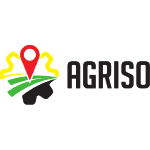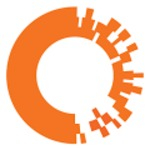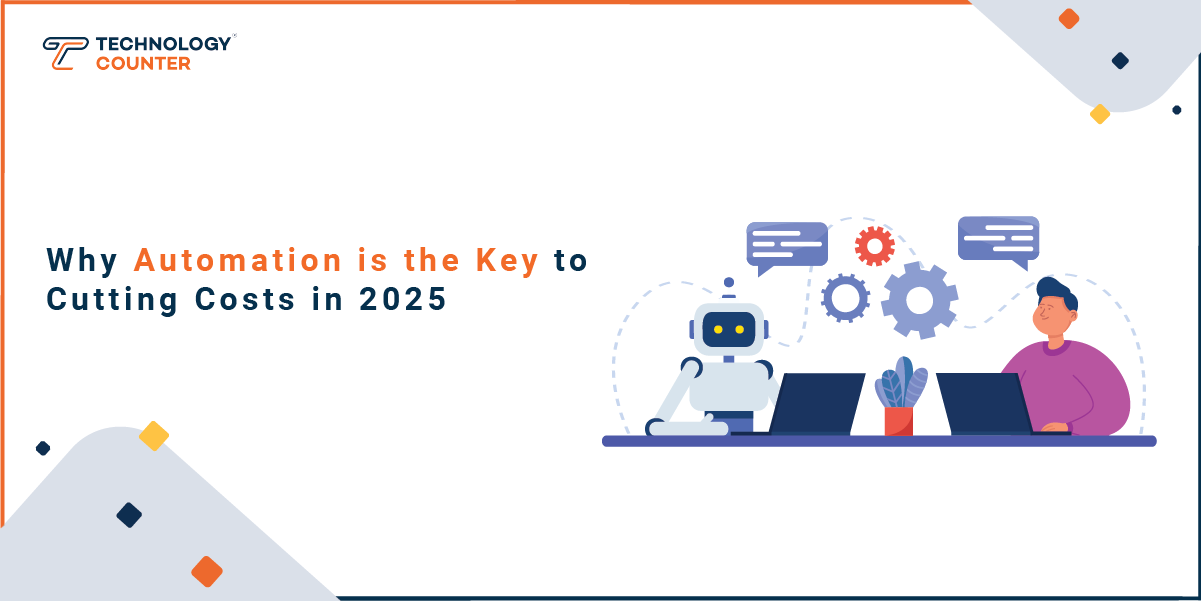These days, Software as a Service (SaaS) has emerged as a leading service in the business world. SaaS has made powerful tools useful to all sorts of businesses by offering services without complex installations or upfront investments. It is no surprise that companies from various industries are quickly adopting SaaS in order to simplify their operations, boost productivity, and cut costs.
SaaS uses a subscription approach which is different from traditional software models. This allows users to scale services according to their preference. This flexibility has made SaaS a common solution for businesses wanting to stay competitive in today's market.
Key Trends Shaping the Future of SaaS
The continual development of SaaS presents numerous trends that are quite beneficial for businesses.
1. Advanced AI and ML Shipping
The integration of AI and ML technologies is revolutionizing the SaaS ecosystem. These technologies are enabling platforms to provide smarter analytics, predictive insights, and personalized recommendations. For example:
2. Specialized SaaS Technology (Vertical SaaS)
This category consists of SaaS solutions that target user-specific industry needs, unlike horizontal SaaS solutions that target a wide audience.
For patients data management, healthcare platforms specialize, while real estate tools deal with managing property listings. Companies excelling in this niche are Veeva and Procore for life sciences and construction respectively.
3. Platforms With No Or Little Code Required
Facilitating non-technical users to develop self-catered custom solutions, these platforms revolution the ways businesses possess software. Programs like Airtable and Bubble are perfect examples of these developments.
4. Better Collaborating Software
Collaboration and communication have become increasingly important among teams working on projects globally, spiking the need for SaaS tools like slack for communication, Zoom for video conferencing, and chanty. The merging of file sharing, video calls, and project management leads to working without boundaries.
5. Sustainability and Green SaaS
There is a change in the SaaS industry regarding the environment. For instance, businesses are adopting eco-friendly strategies like reducing power usage in data centers and encouraging employees to work from home.
Best Practices for Selecting the Right SaaS Solutions
Investing the time to pick the right SaaS platform is essential because it can dictate the success of your investment and practically all business objectives. Follow these steps outlined below to assist you in making a decision:
1. Identify Your Needs
First, understanding the problems your business is currently facing and what you are trying to achieve is where you start. Do you need a specific tool for project management, customer relationship management (CRM), or even traffic optimization? Properly understanding the priorities will help narrow the choices you have to make.
2. Evaluate Scalability
The SaaS solution you are choosing must be able to grow with your business. Salesforce, as well as many other companies like Hypernet, offers scalable solutions that match the growth of your requirements.
3. Check Integration Capabilities
Make sure that the platform can be integrated easily with what you already have in place. For instance, marketing teams would want some CRMs that perform well with email marketing software like Mailchimp or ActiveCampaign.
4. Prioritize User Experience
An intuitive UI goes a long way in shortening onboarding time and improving productivity. Try to test usability first, so look for solutions that offer trial periods or demos.
5. Review Customer Support
All the implementations and subsequent processes can be simplified with robust customer support, and as a matter of fact, can completely make a difference. With 24/7 assistance platforms, one can expect a smooth transition, as well as ongoing reliability.
How SaaS is Revolutionizing Sales and Marketing
Marketing and sales teams have turned to SaaS in order to refine their strategies, develop workflows, and improve the return on their investment.
Key Benefits of SaaS Services for Sales and Marketing:
-
Automation: Campaigns, emails, and leads are monitored via HubSpot, Marketo, and other related tools which saves time for many sales teams.
-
Data-Driven Insights: Analyzing Google and Hypernet yields real-time analytics while pulling data sets that support strategy adjustments for performance metrics.
-
Personalization: AI-driven SaaS platforms have been engineered to enhance the overall user experience leading to greater levels of engagement and conversion.
-
Collaboration: Since SaaS programs are hosted on the cloud, it enables Sales and Marketing teams to work together efficiently irrespective of physical location.
Real-Life Example:
A medium-sized online retailer implemented a SaaS CRM system to follow leads and customer management interactions. With the incorporation of the email marketing software, they could tailor campaigns to customer actions. This saw them improve their conversion rates by 30% within 6 months.
Overcoming Challenges in SaaS Implementation
Even though there are lots of pros to using SaaS, there are still roadblocks that companies face while implementing it. Below are some of the possible solutions:
1. Data Migration
One of the hardest things to do is transfer information from outdated systems to a SaaS one. Below are solutions to this problem:
2. User Adoption
Staff members might shy away from using newer processes and will prefer ones that they are more comfortable with.
3. Integration Issues
It can be difficult for some existing programs to work with the new software or application.
4. Cost Management
If you plan on using more than one tool or application, SaaS Billing subscription fees may become very expensive.
How SaaS Solutions Drive Efficiency Across Industries
1. Healthcare
Apps such as Epic Systems optimize patient data handling as well as appointment setting, hence enhancing the quality of care given.
2. Retail
Software such as Shopify help retailers keep an eye on their stock, sales and even market their goods from just one platform.
3. Finance
Invoicing, payrolls, and taxes are made effortless for small enterprises with the use of accounting software like QuickBooks.
4. Affiliate Marketing
Hypernet is a solution for managing traffic to affiliate campaigns. Their automation hubs and real-time analytics allows businesses to achieve more ROI and campaign results.
Realiztion for SaaS: Use and Demonstration
Case Study 1: Promoting Teamwork
An international technology firm utilized Slack for improving communication for remote teams. By linking Slack with project management software, they saw emails decrease by 50% and overall team productivity rise.
Case Study 2: Enhancing Campaign Productivity
A digital marketing agency working with clients implemented Hypernet for traffic analysis and distribution. The agency was able to gain insights in real time, which allowed them to modify campaign strategies to achieve 40% higher campaign performance.
Case Study 3: Improvement of e-Commerce Processes
A merchant used Shopify to automate the inventory, payment, and shipping functions of their business. They were able to save hundreds of hours of manual work were saved, along with productivity and customer satisfaction improving.
Final Thoughts
With promises like higher scalability, increased efficiency and lower costs, SaaS has changed the nature of business. SaaS gives business tools and resources to succeed if key trends, best practice and implementation issues with these platforms are understood.
Looking to streamline your SaaS operations? Explore our top SaaS Management Software solutions to optimize subscriptions, enhance security, and maximize efficiency!










Post your comment